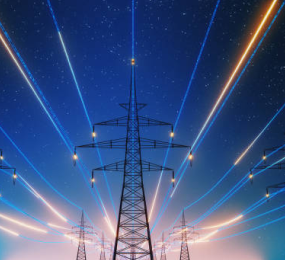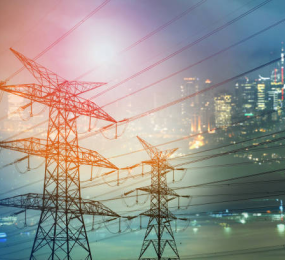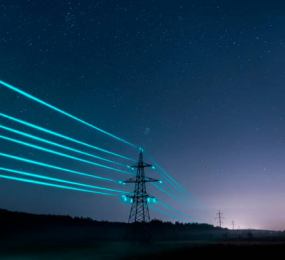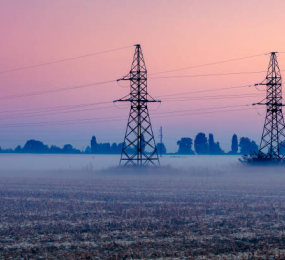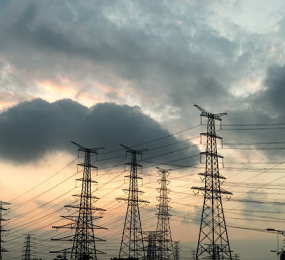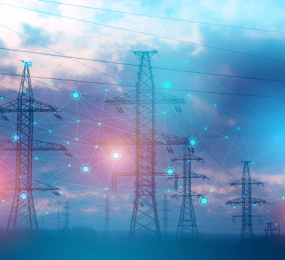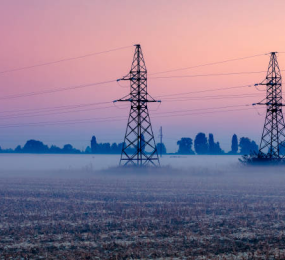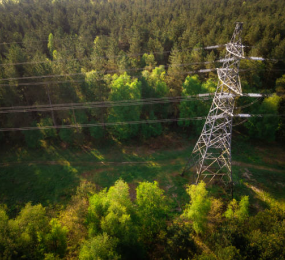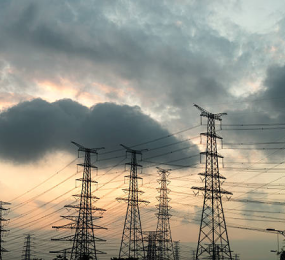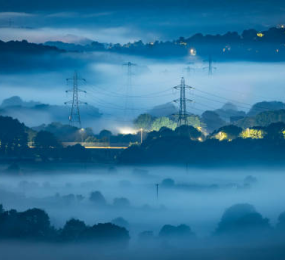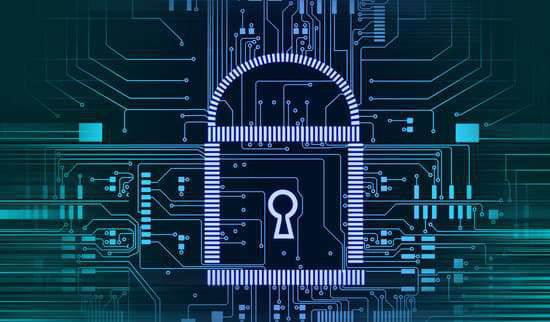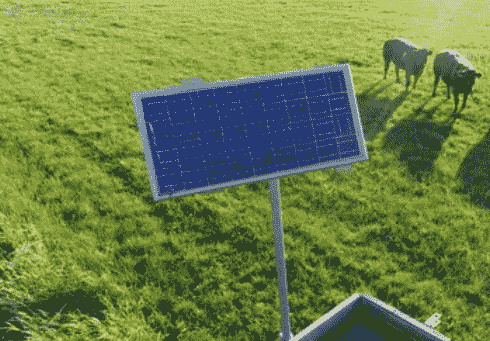Demand Response Systems and Their Role in Grid Optimization
Demand Response (DR) systems are becoming increasingly pivotal in the optimization of modern electricity grids, serving as a dynamic bridge between energy supply and demand. As grids integrate more intermittent renewable energy sources and face growing consumption peaks, DR offers a flexible and cost-effective mechanism to maintain balance, enhance reliability, and improve overall grid efficiency without necessarily building new power plants.
At its core, Demand Response involves intelligently managing electricity consumption by encouraging consumers to reduce or shift their energy use during periods of high demand or grid stress. This is achieved through various incentives, such as time-of-use pricing, direct load control programs, and automated smart devices. Residential, commercial, and industrial consumers can participate by temporarily curtailing non-essential loads, pre-cooling buildings, or rescheduling energy-intensive operations, effectively creating a "virtual power plant" from aggregated flexible demand.
The role of DR in grid optimization is multifaceted. Firstly, it enhances grid stability and reliability. By reducing peak demand, DR alleviates strain on transmission and distribution infrastructure, preventing costly overloads and potential blackouts. This is particularly crucial when renewable energy generation is low or unexpectedly fluctuates. Secondly, DR facilitates the integration of renewable energy sources. It provides the flexibility needed to absorb surplus renewable power when available and reduce demand when renewables are scarce, thereby minimizing curtailment and maximizing the utilization of clean energy.
Moreover, DR contributes to economic efficiency by reducing the need for expensive peaker plants—less efficient generators only brought online during peak times. It empowers consumers with greater control over their energy bills and promotes energy conservation. As smart grid technologies advance, DR systems are becoming more sophisticated, leveraging real-time data and AI to precisely orchestrate demand, making them an indispensable tool for building a more resilient, sustainable, and optimized energy future.
Visit our website to know more: https://www.leadventgrp.com/events/2nd-annual-power-grid-digitalization-and-automation-forum/details
For more information and group participation, contact us: [email protected]
Leadvent Group - Industry Leading Events for Business Leaders!


